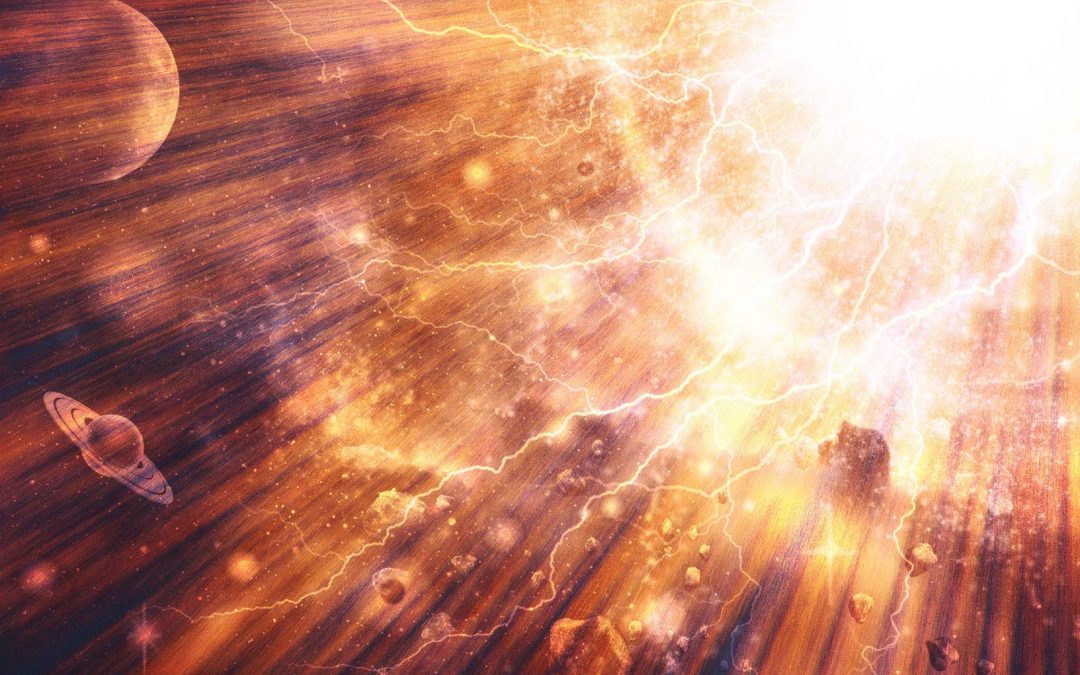
Panic
Transforming Panic
In the usual psychological literature, panic is described as the sudden onset of intense fear in the absence of real danger. It’s hallmark symptoms, happen in both the body and mind and can include palpitations, sweating, shakiness, trembling, shortness of breath, chest pain, nausea, lightheadedness, along with intensely fearful thoughts of going crazy, losing control or dying.
None of this is fun. And what makes matters worse is that in order to avoid this dreaded experience, you begin to avoid your life, including people, places and situations where panic might kick in. This pervasive avoidance is what the popular literature defines as agoraphobia.
It’s a small world
If you suffer from panic and agoraphobia, you may have discovered that over time, your world has become smaller and smaller while panic and fear loom larger, occupying more time, thought and energy… most of it wrapped up in avoidance. Like most folks, you have probably sought relief from all sorts of stop and control strategies, only to find the distress remains and grows even more pervasive.
According to the tenets of third wave psychological theories like ACT, as well as ideas contained in the wisdom traditions, this is because the struggle to control, manage or eliminate symptoms, just sets you up for more suffering. Now, not only are do you suffer from panic, you’ve upped the ante by increasing the intensity of panic associated with not being able to control it. So in order to get a sense that you have some control, you shrink your world to avoid an attack.
Avoidance makes it smaller
This avoidance strategy makes sense… if it shows up; don’t go there, or if it hurts; don’t’ do it! But the internal world of thoughts, feelings, fears, beliefs and physical sensations don’t really conform to the logical remedies that work in the external world of objects. The internal world is not really a logic-based system, despite all appearances.
In fact, have you ever noticed, regardless of all your best efforts to change, you find yourself reacting in the same old unresourceful way? The panic response, itself, just seems to spring into place without warning or with very little provocation. It could be a brief change in a physical sensation that suddenly penetrates awareness or a random disquieting thought moving through the mindscape that moves you from a still-point to full blown panic in a split second.
Trying to halt all this by instructing yourself to stop, which is a logic-based solution, has very little effect during the full blown physical-emotional reaction set of panic. Telling yourself to stop, then finding you can’t, increases the intensity and duration of panic by making the whole thing seem even further out of control and thus even more frightening. The more tenable solution is to learn to tolerate, then befriend and understand panic as a pattern, not an enemy. For in truth, it’s just a pattern and patterns, themselves, are part of the human condition. We are a pattern-making species.
It’s just a pattern
Anxiety, panic, depression and pretty much all other symptoms of distress can actually be viewed as unresourceful patterns. They are in place because your natural intelligence and self-protection mechanisms kicked when you needed them, usually in very early childhood. Somehow, perhaps by chance or temperament, you unconsciously discovered that a particular anxiety pattern helped you cope, either as a way to distract yourself from distress or to give yourself a sense of control over the more fragile world of childhood.
As a child you probably didn’t experience full blown panic, but looking back you may recall other milder defense mechanism, like withdraw, isolation, stomach aches, nail biting or anything else you found soothing or comforting. From this perspective, you can see that these patterns were enacted primarily to protect you from feelings that may have overwhelmed you when you were younger and more vulnerable. You did the best you could with the resources and skills available to you at the time.
You’ve been OK all along
In an interesting way, you’ve been working perfectly all along; you are coded to create patterns and you did. But now you are older and these protective patterns have lost their usefulness and in fact, have become the opposite of useful; they’re down right distressing and limiting. But hating them and hating yourself for having just makes the whole thing worse. You are now fighting against your own strategies for self-preservation. It seems far better to befriend, understand and appreciate these patterns by using the basic intelligence inherent within them to build new more resourceful patterns.
How therapy can help
Third wave psychological theories, like my approach, incorporate cutting-edge methods along with ancient wisdom… which, prove very helpful in letting go of the urge to control, while beginning to live your life with value and integrity.
This is, in fact, a new methodology that helps you start where you are, even if you feel totally hopeless. It is a system that helps you cultivate non-judgmental awareness in order to take a slower, closer look at the basic components of your panic pattern. As you tease apart the thoughts, images, beliefs, fears and physical sensations, you’ll see how they fit together to drive the panic experience.
In fact, just noticing how thoughts, feelings and actions go together, reinforce each other and drive your experience will set the frame for change. Now, what had been an unconscious process is fully conscious; you have been stretched beyond the problem to a realm where possibility, flexibility and real choice can become part of your experience.
